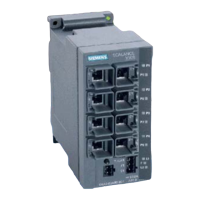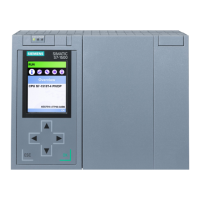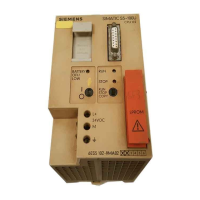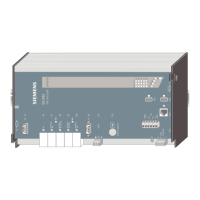Mobility, Intelligent Traffic Systems
Sopers Lane, Poole, Dorset, BH17 7ER
Copyright © Siemens plc 2020. All Rights Reserved. Mobility is a division of Siemens Plc
11.7 Other Error Messages
The following error messages can be displayed at any time during the Self Test.
Other error messages not shown here may be displayed shortly after power-up and
before Self-Test begins if there is a fundamental problem with the CPU Card. See
the details of the start-up sequence in the Handset Handbook for details.
ZXO Synchronisation
If the Controller loses synchronisation with the zero-crossing points of the mains
supply, the following error message will be displayed and Self-Test will abort.
This fault is also displayed when the mains power to the controller is switched OFF
or there has been a short interruption to the mains supply. If the problem persists
and the mains supply is thought to be good, check the connections between
LSLS#1 and the CPU Card. Then try replacing LSLS#1, CPU Card.
SEC CPU Faults
If communications between the Primary CPU and the SEC CPU fail, the following
error messages can be displayed:
Replace the CPU Card if the problem persists.
The SEC has confirmed a serious fault and shutdown the controller; see the ST950
Handset Handbook for the meaning of the various values.
Unexpected Correspondence Faults
If the LSLS Cards indicate that signals appear ON at times when the Self-Test is
not expecting any signals to be illuminated, then either of the following error
messages will be displayed:
If the fault occurs within a few seconds of the “P/Bus Init…” step in part one of the
Self-Test (see section ?), then it implies that outputs appear to be ON even though
the lamp supply is still OFF.
This can be caused by faulty voltage monitors on the LSLS Cards. Try removing all
but LSLS#1 and repeating the Self-Test. If it still fails, then replace LSLS#1. If it
passes, remove LSLS#1 and replace it with just one of the other LSLS Cards and
repeat the test. Repeat this to test each LSLS Card in turn.
It can also be caused by stray voltages on the street cables. Carefully check all the
street cables to ensure that no voltages are present from external sources.
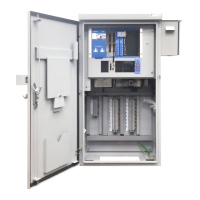
